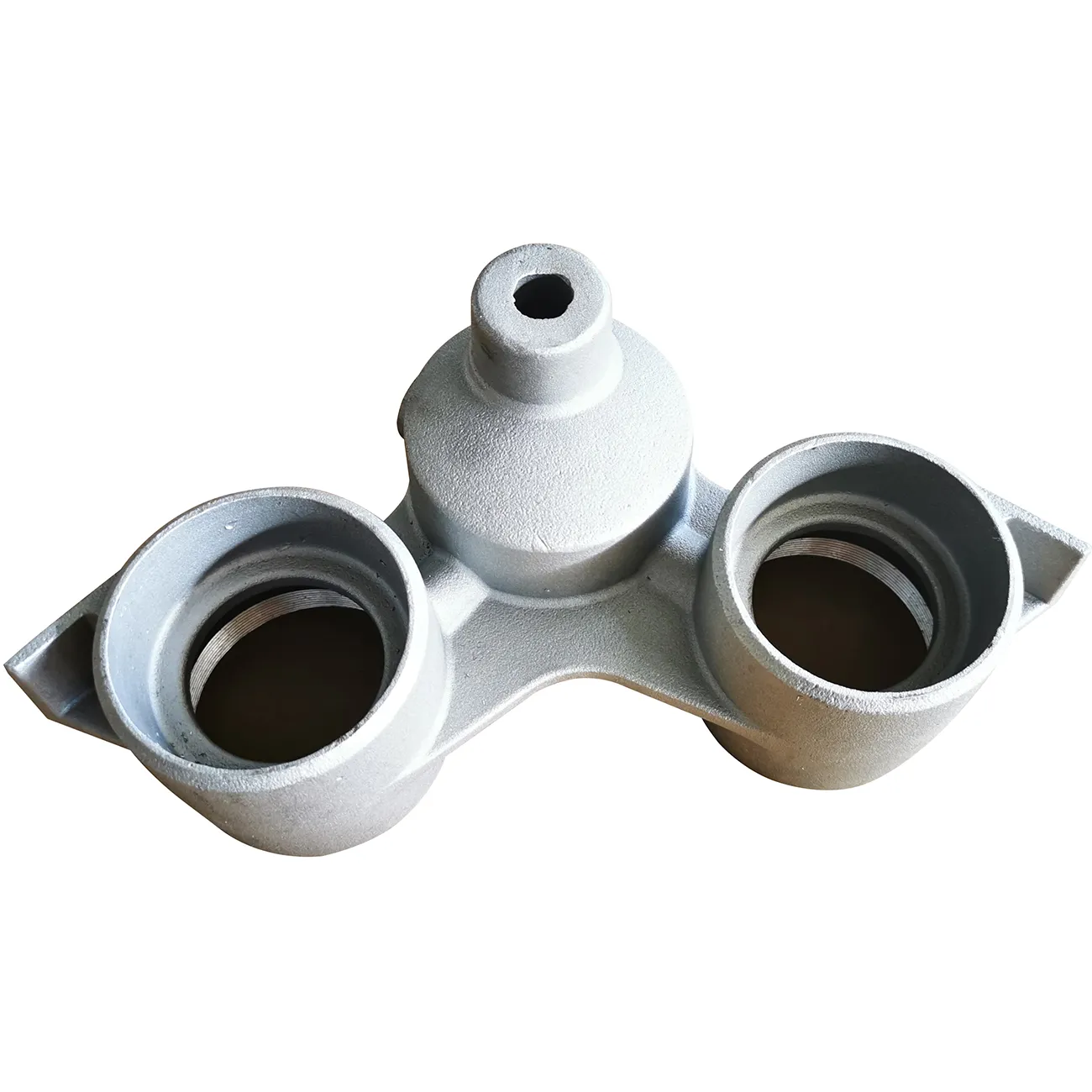Mobile:+86-311-808-126-83
Email:info@ydcastings.com
English
Innovations in Aluminum Continuous Casting Techniques for Enhanced Production Efficiency and Quality
Aluminum Continuous Casting An Overview of the Process and Its Benefits
Aluminum continuous casting is an advanced manufacturing process that transforms molten aluminum into solidified shapes in an efficient, controlled manner. This method is favored in the aluminum industry due to its ability to produce high-quality metal with consistent properties and minimal waste. The continuous casting process has evolved significantly over the years, integrating cutting-edge technology to meet the increasing demand for aluminum products in various sectors, including automotive, aerospace, and construction.
At its core, the continuous casting process involves the continuous pouring of molten aluminum into a mold, where it gradually cools and solidifies into a finished form. The two most common types of continuous casting methods are strip casting and direct chill casting. In strip casting, the metal is poured into a dual-sided mold, where it forms a thin strip that is cooled on both sides. This method is particularly advantageous for producing flat products, like sheets and foils, used extensively in packaging and insulation applications.
On the other hand, direct chill casting is frequently employed to create alloys for structural applications. In this process, the molten aluminum is poured into a mold, and water is circulated around the mold to enhance cooling. This cooling method allows for the production of billets and slabs, which are subsequently processed into various aluminum products. The direct chill casting method is known for producing metals with excellent mechanical properties, which are crucial for high-performance applications.
One of the significant advantages of aluminum continuous casting is its efficiency. Traditional casting methods often result in substantial waste and require multiple processing steps to achieve the desired product. In contrast, continuous casting minimizes material loss and enables the production of longer sections of aluminum with fewer interruptions. This efficiency not only reduces operational costs but also lowers the environmental footprint of aluminum production by minimizing energy consumption and raw material waste.
aluminum continuous casting

Moreover, continuous casting contributes to improved product quality. The process allows for better control over factors such as cooling rates and solidification parameters, resulting in a more uniform microstructure. A consistent microstructure translates to enhanced mechanical properties, such as better strength and ductility. This is particularly important for applications where performance is critical, such as in the aerospace and automotive industries, where lightweight but strong materials are essential for safety and efficiency.
The flexibility of continuous casting is another remarkable aspect of this technology. It can accommodate various aluminum alloys, allowing manufacturers to produce customized products tailored to specific requirements. This adaptability is increasingly vital in today’s competitive market, where the demand for specialized aluminum components is on the rise.
However, the implementation of aluminum continuous casting is not without its challenges. Maintaining a balance between production speed and quality can be a complex task. Additionally, the initial investment in equipment and technology can be significant, making it essential for manufacturers to conduct thorough feasibility studies before transitioning to continuous casting.
In conclusion, aluminum continuous casting represents a significant advancement in manufacturing processes, offering numerous benefits such as efficiency, quality improvement, and flexibility. As industries continue to seek sustainable and high-performance materials, the adoption of continuous casting technologies is likely to grow. This method not only meets the increasing demands for aluminum products but also contributes to the industry's efforts to reduce environmental impact and enhance resource efficiency. With ongoing innovations and improvements in this field, the future of aluminum continuous casting looks promising, paving the way for new possibilities in aluminum production.
-
Premium Fan Housing & Motor Casing for Optimal AirflowNewsAug.31,2025
-
High-Performance Automobile Water Pump & Electric SolutionsNewsAug.30,2025
-
Expert Stainless Steel Casting | Precision & Durable Metal PartsNewsAug.29,2025
-
Precision Metal Castings: Aluminum, Stainless Steel & Die CastingNewsAug.28,2025
-
Superior Aluminum Castings in Automotive Engine PartsNewsAug.22,2025
-
Common Materials Used in Fan Housing ManufacturingNewsAug.22,2025











